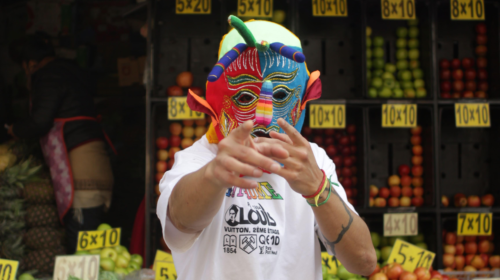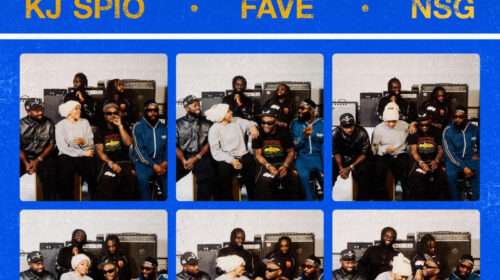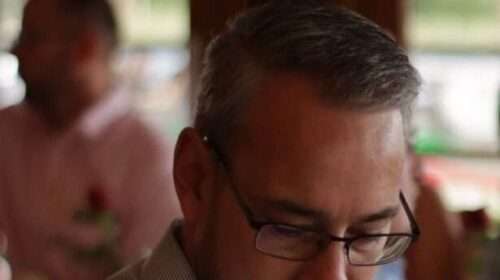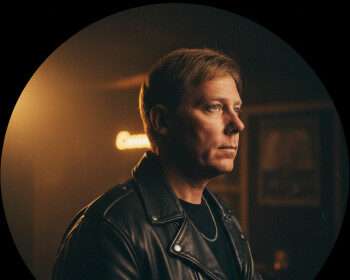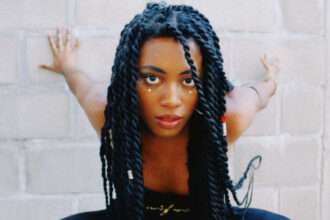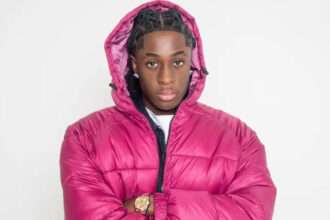Irish singer-songwriter Mark Duggan is known for his clever lyricism and combining of acoustic and electronic elements which can reach out and take people somewhere else for the length of the song. He returns with his latest alternative rock tune ‘Dance Myself to You’.
The idea behind the song titled ‘Dance Myself to You’ was to write a melody that would gradually expand from a single solo instrument to a thick sound at the finish. Along with Mark Duggan’s vocals, the single is a longing, yearning one with an interesting production that includes a drum machine, bass, guitar, drum kit, synths, and other elements.
The ballad is evocative of over-the-top ‘80s ballads as it swells from a whisper to an explosion of sound. Beginning with just an electric guitar and voice, the song gradually builds in bass, percussion, ambient pads, and other guitars. An electric guitar solo that was improvised in one take and a choir of voices drive the song’s last minute. Each verse of the song begins with one of three straightforward pictures of loneliness from the lyrics. The characters’ thoughts are drawn to this missing person by these visions, and no matter how hard they try, they are unable to bring them back, no matter what steps they take.
The lyrics had to be written first in order to determine how long the build-up should take, and they were written rather fast once Mark Duggan had the three pictures that opened each of the verses. The reason the outro lyrics were added later is that he chose to complete the build-up with a lengthy fade-out, leaving a significant amount of empty space in the song.
The song’s base of sound fills in the gaps between any rhythmic elements with a variety of synth and guitar parts that use a lot of delays and reverbs. The guitar solo was recorded on the first take with the intention of sounding a little raw and guttural, while the drums were selected to be fairly conventionally ‘80s. He chose to attempt some choral harmonies near the end of the song and added some harmonies to the chorus while performing the vocals.
Mark Duggan chose to write the outro lyrics over them and make sure every instrument plays considerably busier than they did earlier in the song because he liked how they pushed the drama of the ending over the top. After his old bass broke during the demos, he had to acquire a new one, thus the bass was the last part of the song he added. The song’s mix was designed to highlight the contrast between the number of instruments playing at the beginning and end of the song, as well as the intensity of those performances, which provide the song’s dramatic conclusion.
On the song, Mark Duggan says, “An almighty release of a ballad, to me it is an acceptance of a situation and it emotions by letting them explode outward.”
ABOUT THE ARTIST
Irish artist Mark Duggan was first exposed to music at the age of nine when his father gave him an MP3 player filled with Bruce Springsteen and Beatles tracks. He started learning how to play the guitar and was instantly enthralled with the notion of writing songs, beginning with ‘A Day in the Life of a Kid’.
This eventually evolved into a desire to record these songs, and as the songs and recording skills improved over time, so did the range of influences. As he dug deeper into his father’s record collection, he developed an affection for local Waterford performers as well as Paul McCartney, Paul Weller, U2, Gorillaz, and The Waterboys. When he co-wrote the song ‘The Road’ from Dunluvly’s debut EP, The Boat, he struck up a friendship with many Irish musicians in Maynooth. Since then, he has been playing guitar in his live band, which has performed at events including Whelans, Monroes, and Waterford’s Winterval Festival.
He is currently writing songs that, with any luck, will serve as the foundation for an album that will be released in 2024.



